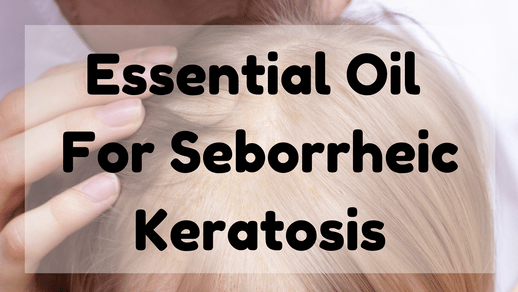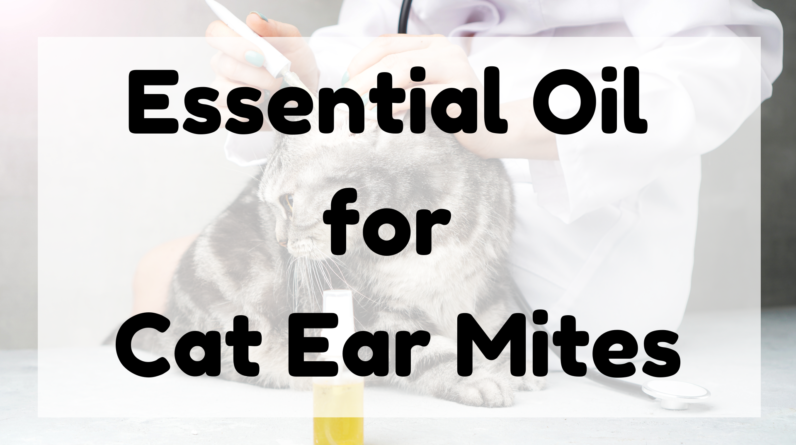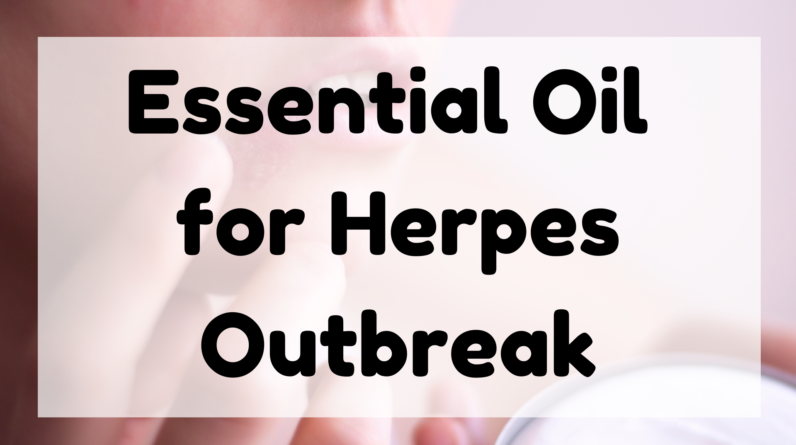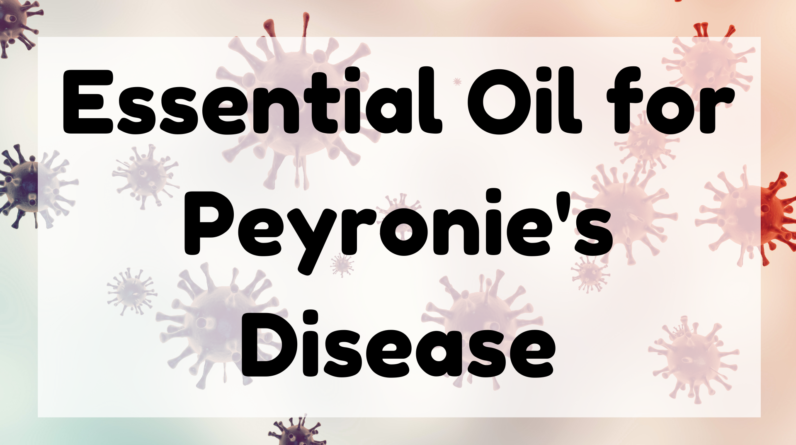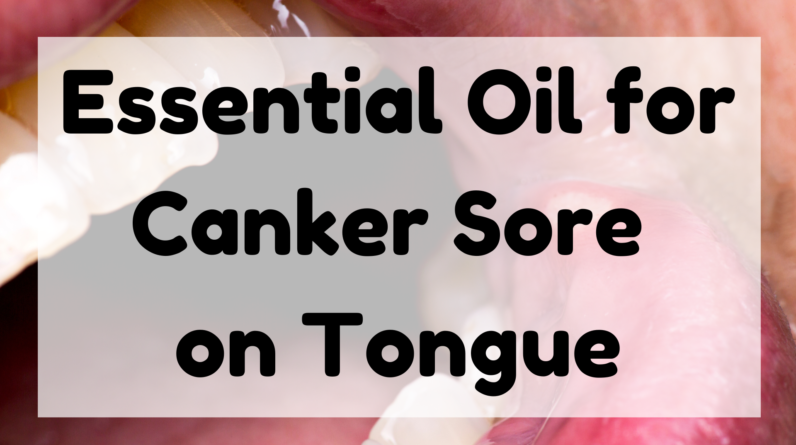Jump Ahead to:
Essential Oil For Seborrheic Keratosis
You may have heard about the properties of Essential Oils. But what are they, and what can they do for you?
This article will cover what they are and the best Essential Oil for Seborrheic Keratosis.
In addition, you will discover the causes of this condition and what to look for in Essential Oil for Seborrheic Keratosis.
What are Essential Oils
Although this skin condition does not cause any symptoms, many people are bothered by its appearance.
Fortunately, it’s generally not a medical emergency and can be treated with a natural remedy.
These oils are used in many skincare products.
Using tea tree oil can relieve the discomfort and inflammation caused by seborrheic keratosis.
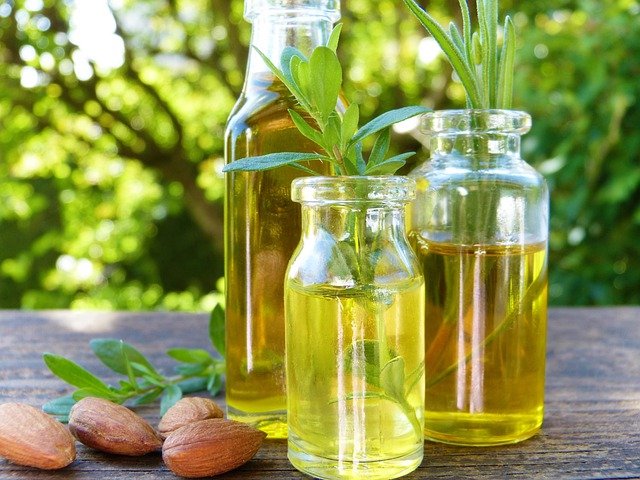
Essential oils for seborrheic keratosis include tea tree oil and rosemary.
Both oils contain antifungal and antibacterial properties that can effectively treat skin problems.
Oregano essential oil is also beneficial as it contains essential oils from the herb oregano.
Frankincense is also an excellent antifungal oil that can help heal skin infections quickly.
A home remedy for seborrheic keratosis may be helpful, but be sure to consult your physician first.
Some home remedies may worsen the condition and cause infections.
If you’re not sure which treatment is best for you, a dermatologist will be able to suggest the right solution.
Whether it’s essential oil treatment or another method, there’s no substitute for the advice of a qualified doctor.
Some home remedies for seborrheic keratosis include garlic, tea tree oil, and apple cider vinegar.
Some oils are also used to treat senile warts.
Moreover, tea tree oil and apple cider vinegar are highly effective for treating seborrheic keratosis.
Check out the following resources if you’re interested in using essential oils for seborrheic keratosis.
Despite being an everyday skin condition, Seborrheic Keratosis is not very visible to the average person.
However, if it’s not noticeable to you, it could be a sign of secondary infection or the onset of malignant transformation.
If you suspect you may have Seborrheic Keratosis, consult your dermatologist.
This professional will be able to determine whether your condition is benign or malignant.
Differentiating seborrheic keratosis from other skin disorders is crucial.
While an overlapping pattern of keratinocytes characterizes the condition, it can overlap with other skin lesions.
It’s important to diagnose this skin condition properly before treating it.
A dermatologist will be able to help you make the best decision.
Properties of Essential Oils
The use of essential oils has various benefits, including the ability to prevent and treat seborrheic keratosis.
Essential oils are also known for their anti-inflammatory properties.
But the question remains, which essential oils are effective for this condition? Read on to find out.
Ensure the brand you are purchasing is reliable and durable.
Look for the number of sales, which can provide an indication of how good it is.
A growing number of sales also means that the product is working.
It means that there is a growing demand for it, and the manufacturer is taking steps to make it better.
Also, make sure the brand sells the product from a trustworthy seller.
Different essential oils have different effects on different types of cells.
Those with cancer cells are more sensitive to essential oils than those with pre-cancerous cells.
The difference in sensitivity can be explained by analyzing the cellular mechanisms.
While cancer cells and pre-cancerous cells undergo apoptosis, normal keratinocytes are more resistant to these essential oils and maintain more than 70% cell viability after four hours of treatment.
Most essential oils are obtained through steam distillation.
Steam entrainment is the best method to extract essential oils.
Once the essential oils are extracted, they are diluted to a concentration suitable for application to the skin.
These concentrations are then added to the desired culture medium.
After the cells are incubated, the mixture of molecules in the oil re-excites them.
When applied topically to the skin, essential oils reduce inflammation, promote healing, and fight the formation of seborrheic keratosis.
The composition of essential oils is preferably made up of components of essential oils.
This is because the components of essential oils have targeted cytotoxicity.
The active principles in these compositions are selected based on their ability to inhibit the growth of keratoses.
For example, thymol, alpha-copaene, linalool, and geraniol are suitable for treating seborrheic keratosis.
Cause of Seborrheic Keratosis
There are several possible causes of seborrheic keratosis.
Most people develop the condition as they get older. However, it can also occur in younger individuals.
Although it is rare in younger people, seborrheic keratosis is most common in adults and can even run in families.
To learn more about the causes of this skin condition, read on!
The condition is genetic and can run in families.
Pregnancy may also increase the risk of developing seborrheic keratosis.
Exposure to sunlight may also be a factor.
The disease often manifests as warty bumps or warty, waxy, and velvety lesions on the skin.
Although seborrheic keratosis is not painful, it can be uncomfortable for pregnant women and may itch.
Although seborrheic keratoses are usually harmless and rarely cause any trouble, a diagnosis should be made by a qualified dermatologist if they develop quickly, are large, or develop in a cluster.
The signs of cancerous growth may include the leser-Trelat sign.
However, if the symptoms persist for more than a few weeks, it is time to visit a dermatologist.
Treatment options for seborrheic keratosis depend on the type of growth.
A dermatologist may recommend freezing or shaving the growth.
In some cases, skin cancer specialists may examine the removed tissue under a microscope, ensuring the removal of any cancerous tissue.
A dermatologist can diagnose seborrheic keratosis quickly and offer effective treatment.
It is important to seek a diagnosis of seborrheic keratoses, as they can signify a more serious underlying condition.
In some cases, the growths can be cancerous, but several treatments are available.
In some cases, a doctor can use liquid nitrogen to destroy seborrheic keratosis and remove them.
The affected area will eventually fall off. If they are cancerous, surgery can be used to remove the growths.
For many people, the condition is easily treatable with topical creams and acid.
Best Essential Oil for Seborrheic Keratosis
Several essential oils may help with the condition.
One such oil is Tea Tree Oil, which is widely used in antifungal soaps and cleansers.
Tea Tree Oil is a powerful antifungal and antibacterial essential oil.
If you are suffering from seborrheic keratosis, you may want to try tea tree oil.
It can be applied to the affected area twice a day.
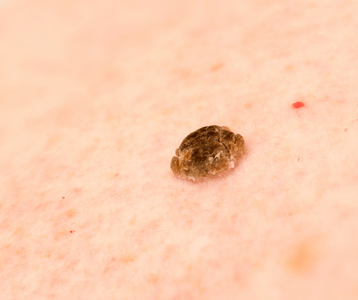
Another essential oil for this condition is frankincense.
Ancient Egyptians used this oil in embalming because of its ability to preserve the remains.
However, because it is a potent essential oil, it is not suitable for use on sensitive skin.
This oil comes from an Australian native plant. However, it is also useful for preventing the development of new keratosis.
It has antifungal and antibacterial properties and can be used for the treatment of various skin conditions.
Also known for its anti-inflammatory properties, oregano oil helps treat cold sores, dandruff, and seborrheic dermatitis.
Peppermint is another effective essential oil for seborrheic keratosis.
This oil is also used for soothing dehydrated skin and relieving itching.
Seborrheic keratosis is a condition where keratin builds upon the skin. The condition usually occurs in the thirties or forties, and 90 percent of adults over 60 are affected.
Although the condition is generally harmless, it can cause discomfort and may even mimic other, more severe skin conditions.
You can use home remedies for seborrheic keratosis or visit a dermatologist.
If you are suffering from seborrheic dermatitis, you may want to consider using castor oil on the affected area.
Make sure to mix castor oil with less viscous oil before applying it to your skin.
Besides its anti-inflammatory and analgesic properties, castor oil contains sulfur, nature’s natural antimicrobial agent.
Allicin, which is found in castor oil, helps tackle inflammation and secondary infections.
Zinc and selenium, which are essential for seborrheic dermatitis, are also recommended.
Garlic is a powerful antibacterial but should be used with caution.
NEXT Essential Oil for Fertility
Legal and Medical Disclaimer
Information provided on the site is for educational purposes only, and does not substitute for professional medical advice.
You MUST consult a medical professional or healthcare provider if seeking medical advice, diagnoses, or treatment.
We do not provide any medical advise.


